Maker Board Spotlight: Nordic Thingy:53
Bluetooth is a short-range wireless communication technology that, thanks to its low energy usage, is commonly found in portable devices as well as those that have limited amounts of power available.
For example, wireless headphones are required to be as light as possible so that they are comfortable to wear, and while reducing the size of the battery can dramatically decrease the weight, it also limits the amount of energy stored. Therefore, any wireless technology used needs to consume as little power as possible, and Bluetooth has proven time again to be one of the best solutions.
However, Bluetooth is not exactly a simple protocol to use, and many Bluetooth development boards can make Bluetooth projects somewhat complex. Luckily, Nordic Semiconductor produces a wide range of various Bluetooth SoCs aimed at simplifying such projects.
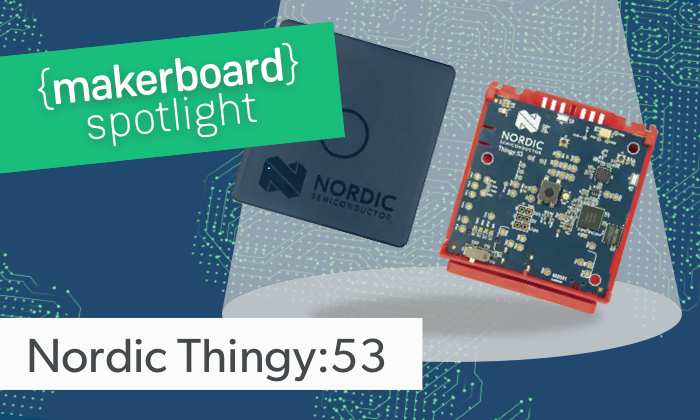
One development kit that comes to mind from Nordic is the Thingy:91 which reduces the complexity of cellular-based IoT projects with its inbuilt sensors, battery, and processor. But while this may be great for cellular projects, it is not exactly helpful for those looking to go into Bluetooth. Today, Nordic has released the Nordic Thingy:53 which aims to solve this by integrating the nRF5340 into a 'Thingy' form factor that allows for NFC and Bluetooth project development!
What’s included in the Nordic Thingy:53?
The Nordic Thingy:53 is similar in design to the Thingy:91 in that it comes in a near-identical size as well as having a silicone covering (however, the Thingy:53 silicone covering is grey instead of the bright orange for the Thingy 91). The use of a silicone covering allows for a more rugged design that is ideal for prototyping portable devices expected to be used where drop hazards exist.
At the heart of the Nordic Thingy:53 is the nRF5340 SoC that also incorporates a Bluetooth interface, an nPM1100 for battery management, and multiple I/O devices including buttons, programmable LEDs, and a buzzer for user programming.
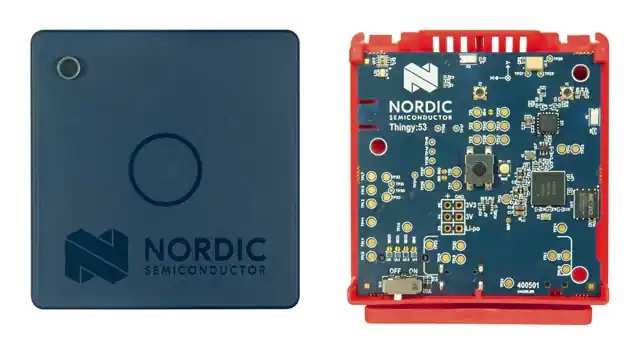
Additionally, sensors integrated into the Thingy:53 allow for various environmental monitoring including 6-axis acceleration, temperature, humidity, air quality, air pressure, and light while an onboard microphone allows for special sound functions including wake-on-sound. For projects needing more I/O access, an external connector is provided which exposes all GPIO on the nRF5340.
Compared to the Thingy:91, some improvements have been made regarding access to I/O ports and switches. Specifically, a door mechanism has been integrated into the housing that allows for ease of access to power buttons and connectors without needing to remove the silicone shell. The Thingy:53 also comes with an additional board that integrates a debugger and current measuring tool that helps with both programming and power monitoring. This is especially useful for those looking to create low-energy projects.
Nordic Thingy:53 Specifications
The central processor that powers the Nordic Thingy:53 is the nRF5340 Bluetooth SoC. This SoC integrates two separate ARM cores that are designed for separate tasks. The Application Core is designed to run user applications that are data-heavy and has a maximum clock speed of 128MHz, 1MB flash, and 512KB SRAM. The network core is designed for running network stacks and is clocked at 64MHz with a 256KB flash and 64KB SRAM. By separating the network and application tasks, the nRF5340 is optimized for efficiency by allowing the network core to run network-intensive tasks without interfering with the main application.
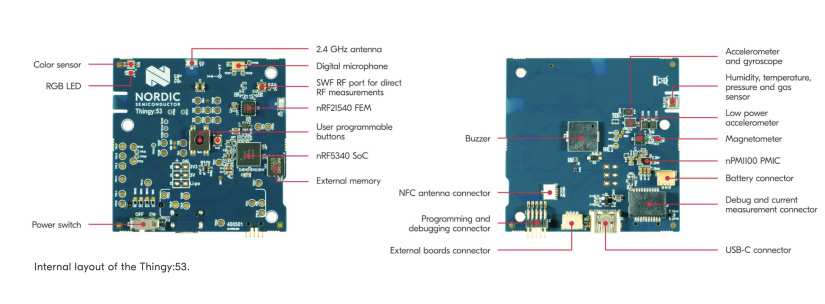
The onboard nPM1100 provides the Thingy:53 with advanced battery management that not only has Li-Ion charging capabilities but can also help to extend battery life. The battery provided with the Thingy:53 has a capacity of 1350mAh and can be charged over a USB C cable.
Wireless protocols supported by the Thingy:53 include Bluetooth LE, Bluetooth Mesh, NFC, Thread, Zigbee, and proprietary 2.4GHz which provides developers with a wide range of connection options, and the ability to program different protocols even allows for firmware updates to a finished product to deploy different wireless solutions. With regards to external I/O access, the Thingy:53 supports Qwiik, Stemma, and Groove compatible 4-pin JST connectors.
What can you do with the Nordic Thingy:53?
With a strong focus on low-energy consumption, anyone looking to create low-energy projects should definitely consider the Thingy:53. The use of USB programming removes the need for dedicated programmers, and the Connect for Desktop app (provided by Nordic free of charge) provides developers with a wide range of tools including easy SDK installation, power monitoring, and a serial AT interface.
Any project that is looking to create Bluetooth sensors can take advantage of the multiple sensors integrated into the Thingy:53 which includes an accelerometer, temperature, humidity, pressure, and light. Examples of such projects would include smart cities, smart homes, local environmental monitors, and traffic pollution tracking.
On the topic of the environment, the ability to use Bluetooth Mesh also makes the Nordic Thingy:53 ideal for remote environmental monitoring. For example, many Thingy:53 devices could be deployed inside a preservation area (such as a forest), and be used to track changes to the surrounding environment over time.
The NFC capabilities of the Thingy:53 combined with its low energy capabilities also make it perfect for smart asset trackers. While devices such as the Apple AirTag allow for devices to be tracked, a smart asset tracker would be able to not only track its position but record its environment during times of interest. For example, many medicines are required to be shipped carefully under specific environmental conditions (narrow temperature and humidity range), and the Thingy:53 could be used to create such an asset tracker. Any changes in acceleration, temperature, or humidity would be recorded along with the current time and date, and this would allow the receiver of the smart asset tracker to determine the quality of the contents.
Another potential application of the Thingy:53 is smart IoT devices using AI. The use of the nRF Edge Impulse machine learning app allows users to create embedded machine learning models, and this can then be used to deploy AI-powered functions such as voice recognition (through the onboard microphone). Examples of such projects would include smart devices, entertainment systems, intelligent assistants, and reactive devices.
Who should buy the Nordic Thingy:53?
The Thingy:53 is based on the nRF5340, and this is an advanced piece of kit. In order to be able to use the Thingy:53, you will need to have experience in C and Zephyr (an RTOS), and will need to have a development environment that can be used with Connect for Desktop (Visual Studio Code for example). Fortunately, those lacking in such experience can head over to Nordics Cloud Academy which guides you through the process of installing an IDE, installing the SDK, and how to use various I/O via the Zephyr RTOS.
With regards to projects, anyone looking to create low-energy devices that are not expected to have frequent access to mains power should consider using the Thingy:53. The use of low-energy Bluetooth and NFC can dramatically reduce the energy consumed by a wireless project while the inbuilt nPM1100 helps to extend battery life.
Additionally, those looking to create advanced Bluetooth projects that gather large amounts of sensory data would also benefit from using the Thingy:53. The large number of built-in sensors combined with user-programmable buttons, LEDs, buzzer, and a microphone can be used to create devices extremely sensitive to their surroundings.
Final Thoughts
When it comes to development boards, the Thingy:53 really packs a punch with its high-performance application core, network core, battery management, and an assortment of sensors. When paired with the Nordic Connect for Desktop, the Thingy:53 is transformed into a powerful development platform that can be used with hundreds of premade production-ready examples.
Additionally, the use of the Zephyr RTOS creates projects that simplify hardware access via APIs while creating code that is platform-independent (i.e., code can be targeted to other Nordic platforms with no code changes needed). While the Nordic Thingy:53 is more complex to use compared to an Arduino, it also provides a path for those looking to take their projects to the next level!





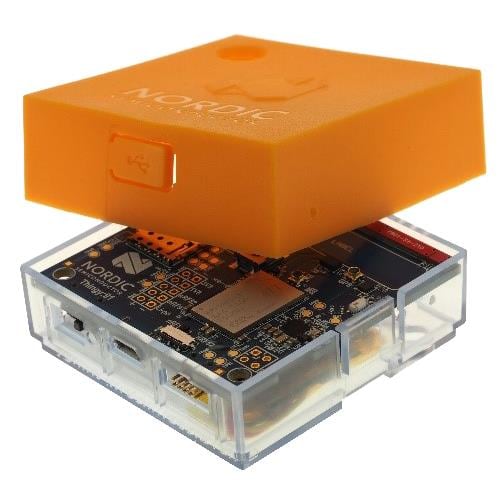
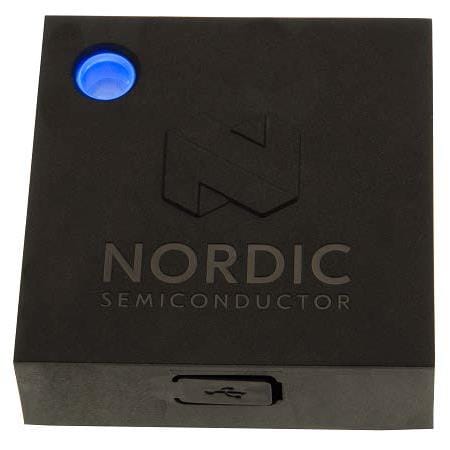
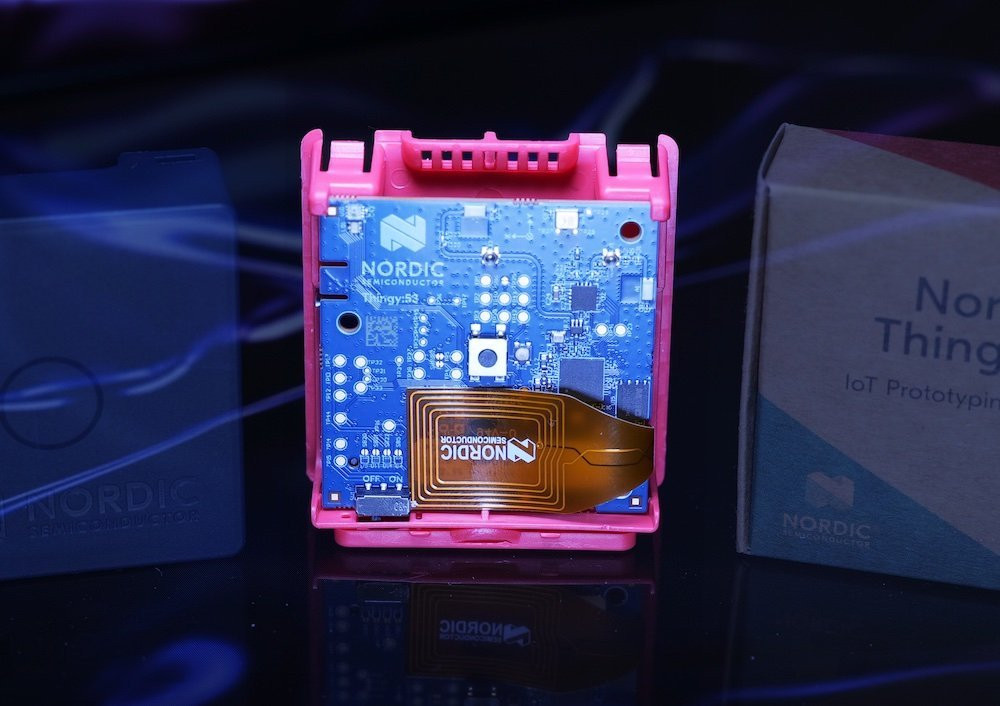
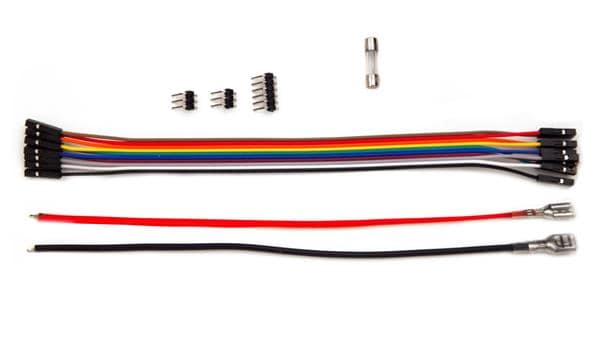
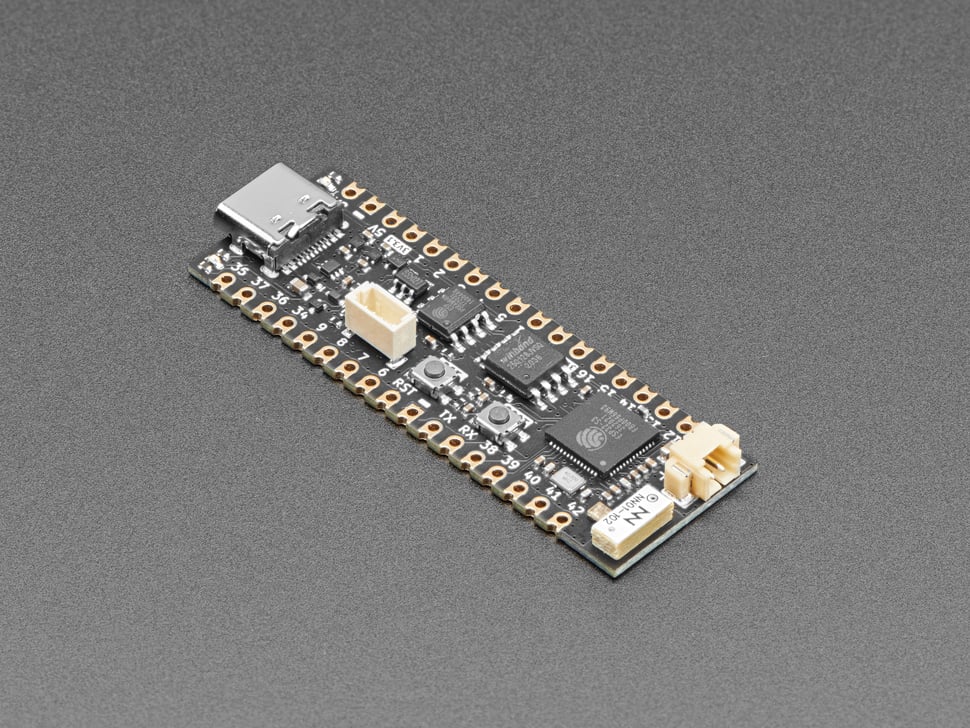
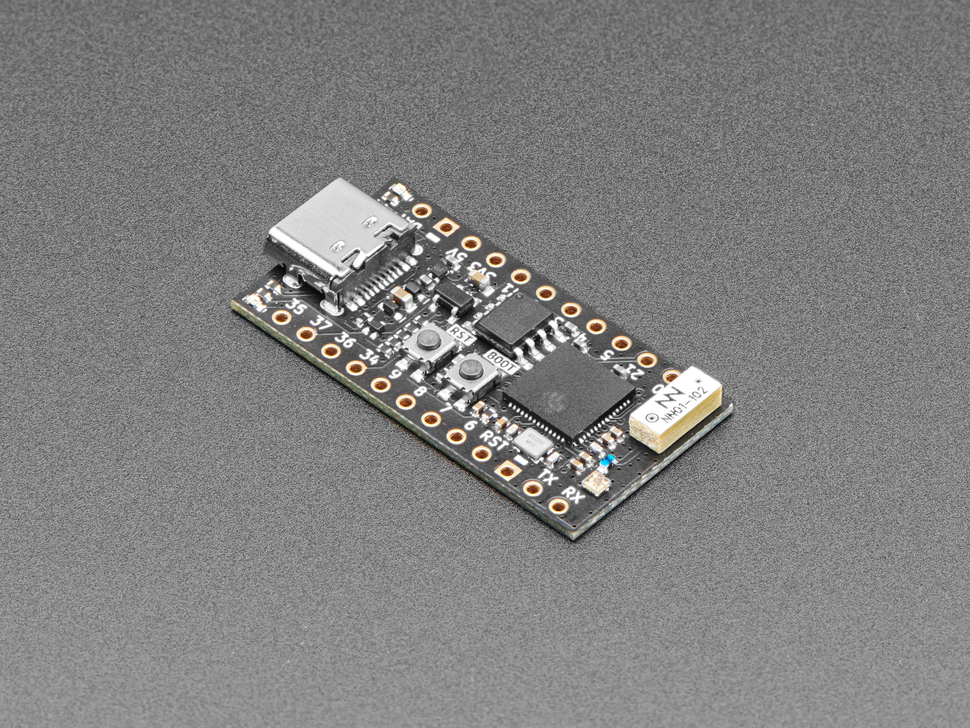
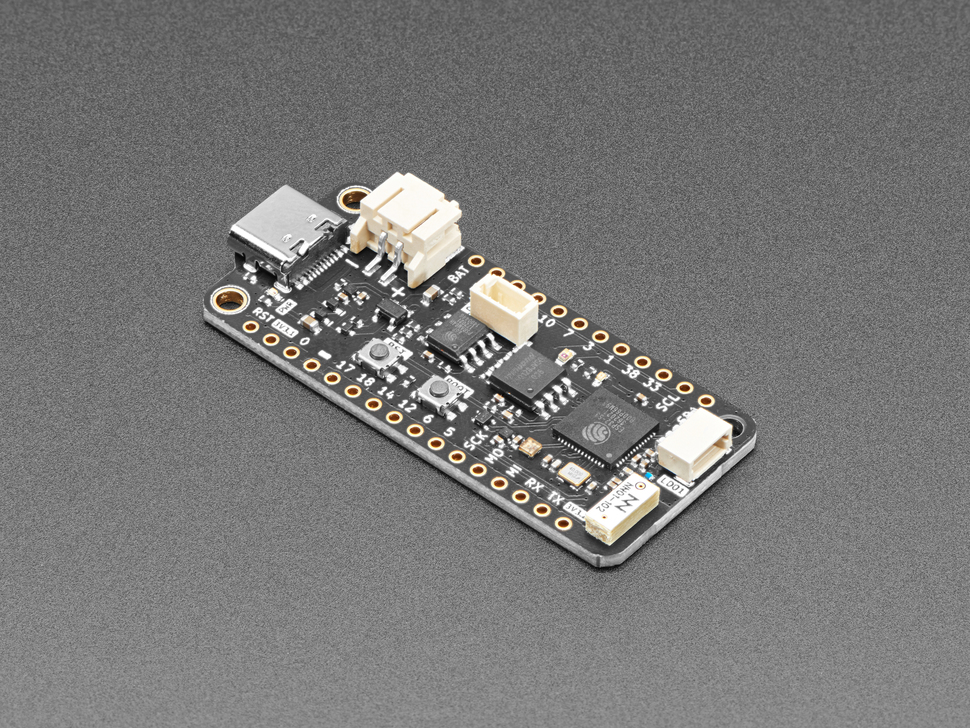
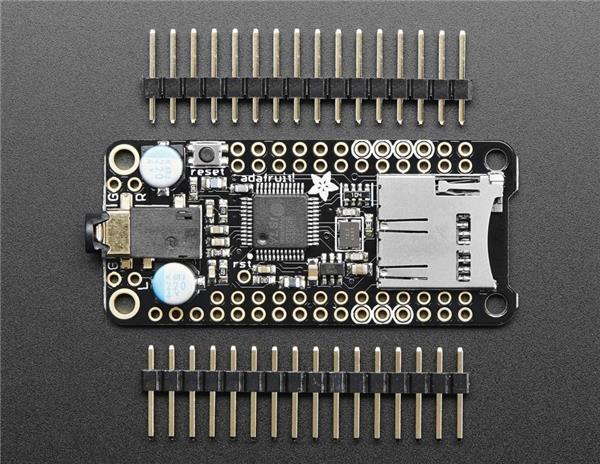
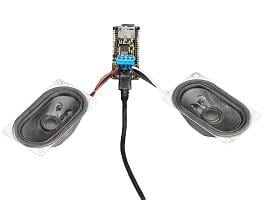
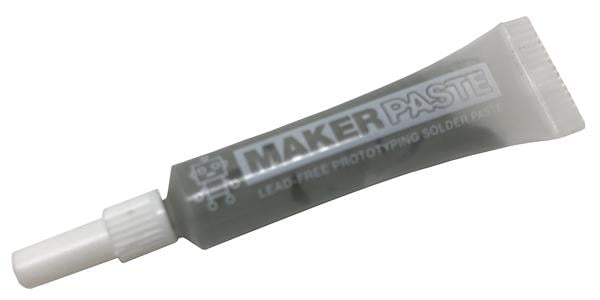

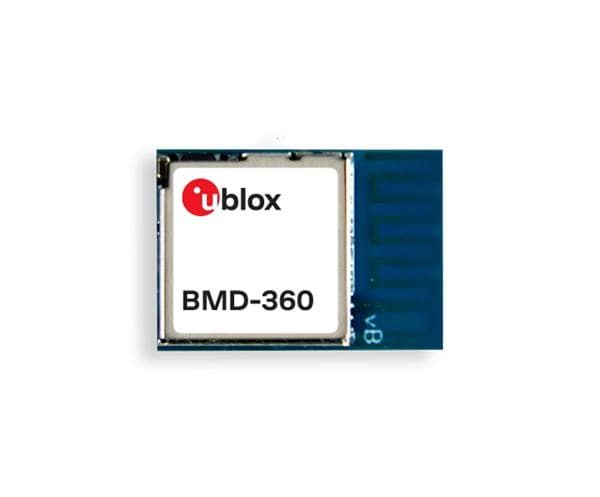
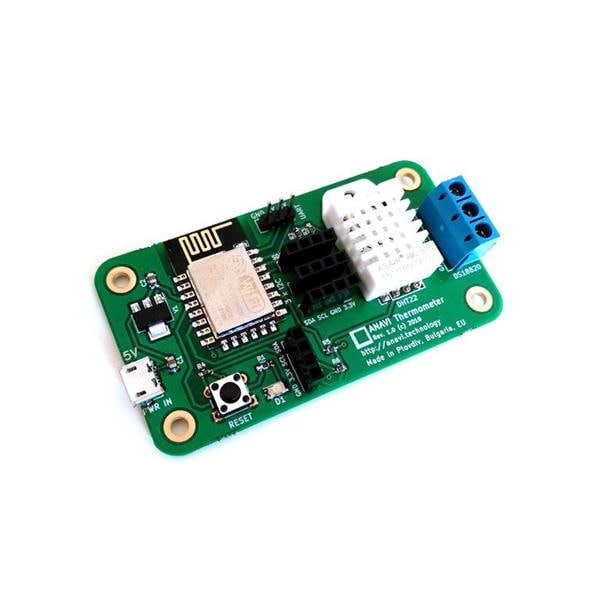
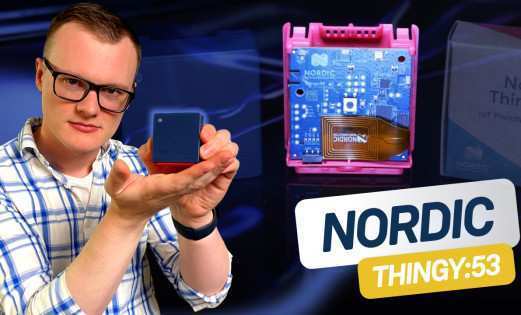
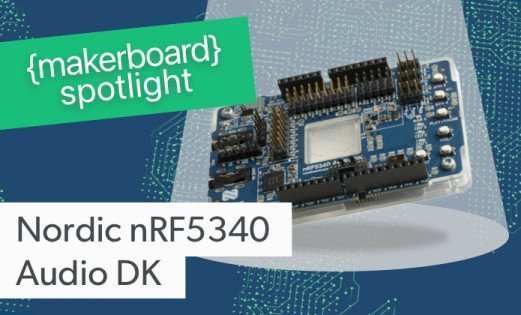
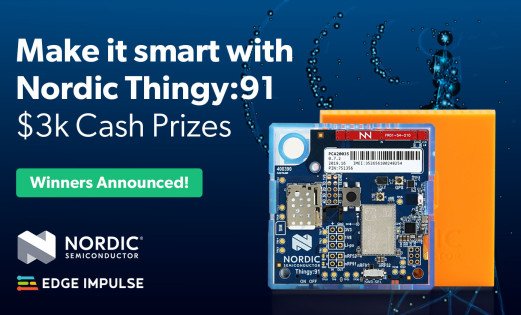
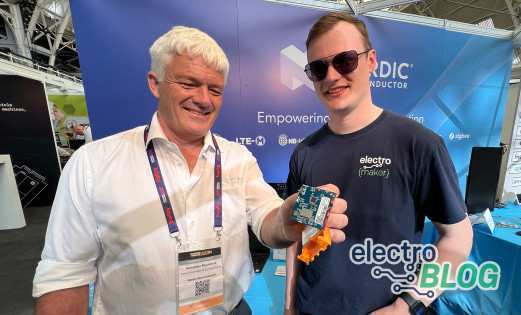
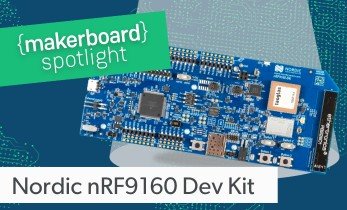
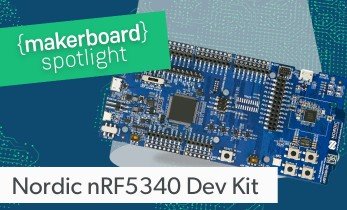
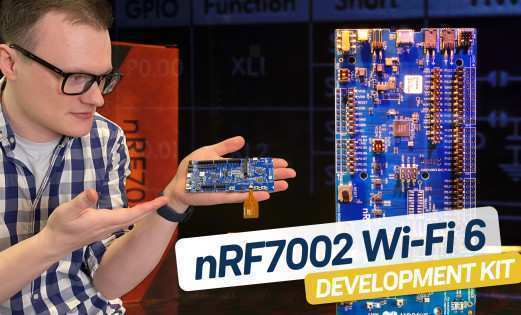

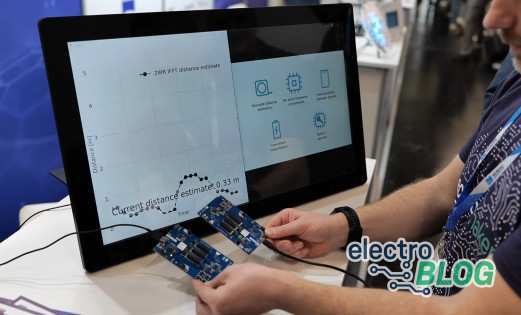
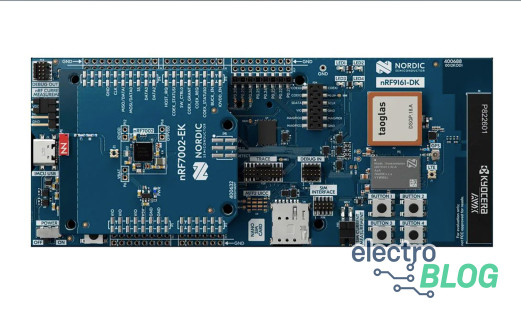
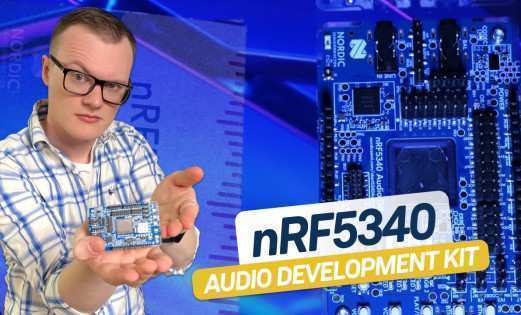
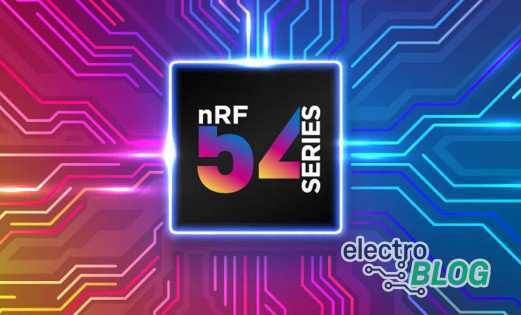
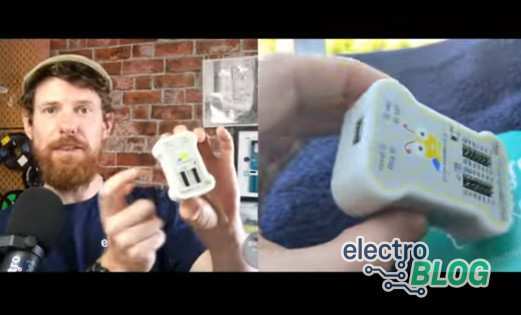
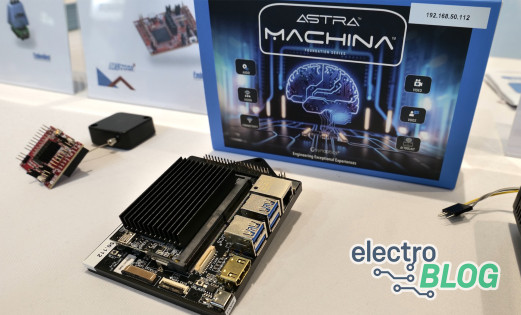
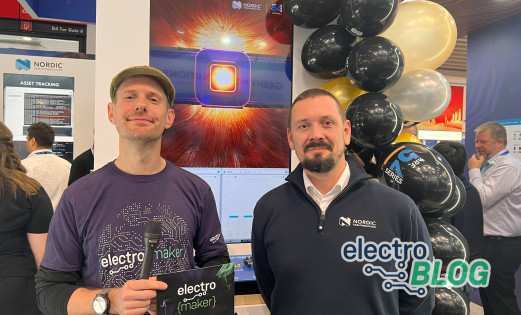

Leave your feedback...